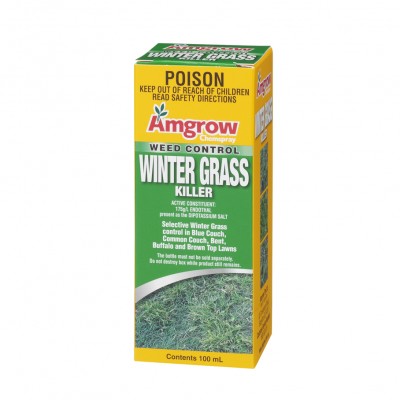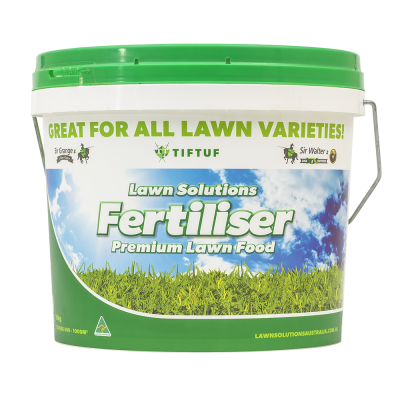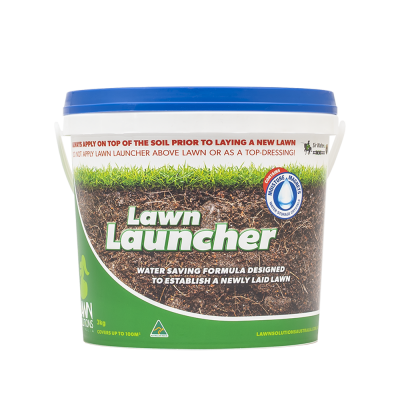We see large trees growing in parks, commercial spaces and botanical gardens.
They provide beauty and much needed shade and shelter for birds and other wildlife. In your average home garden, many large trees are not suitable as they just get too big, but there are many smaller, more suitable shade and feature trees to choose from. Most good nurseries will be able to advise on what will go well at your place.
Common tree problems
Roots
Whether in the lawn or nearby in a garden bed, large roots cause numerous problems, especially those at or near the surface. Casuarina, Evergreen, Alder, Ficus and Liquidambar are a few examples of trees with extensive roots systems; there are many more that can cause problems though.
Suckering
Suckering is the vegetative formation of a new stem and root system from an adventitious bud of a stem or root. This can occur either naturally or by human action. Such asexual reproduction is based on the ability of plants to regenerate tissues and parts. Suckering allows horticulturists and agriculturists to reproduce a desired plant over and over without significant intervention. Suckering can be a real pain for lawns though – Robinias for example, will send up suckers from the root stock if the roots are damaged or disturbed, causing saplings to spring up all over the place. Mowing, whipper snipping and digging can actually cause this problem. The roots also sucker if they hit an obstacle. In an average size garden, it’s best to avoid this type of tree completely.
Ring barking
Whipper snipping close to tree trunks can easily lead to ring barking, which is the removal of bark around the base of the trunk. This can lead to the death of the tree, so you are advised to keep away from the trunk.
Competition
Trees and lawns will compete for water, nutrients and light. Thinning grass around the base of a tree is very common. Choosing a shade tolerant grass will help with this, but there are limits to how much shade any lawn will tolerate.
Planting deciduous trees can alleviate some winter shade issues, it comes with the hassle of having to rake up all the fallen leaves every Autumn though.
In many cases it is better to give the base of the tree a wide berth, keeping the lawn away from the trunk and spreading mulch instead. This reduces competition and eliminates the chance of ring barking when whipper snipping, or damaging surface roots when mowing. It looks good too, emphasising the base of the tree. Some varieties of buffalo lawn, such as Sir Walter DNA Certified, enable good grass coverage right to the tree base, even in heavy shade.
New lawns
To help with your lawn levels when installing a new lawn, try to avoid digging out important tree roots or adding soil over them. Extra soil will change the oxygen/carbon dioxide ratio around the roots, upsetting the delicate balance of these two important gases and can lead to problems, including potentially the death of the tree, which would be sad and inconvenient. If you have a special tree and are unsure what to do, call in an arborist for specialist advice.
Mowing
Keeping your lawn slightly longer in the shaded areas under trees will keep it in better shape especially in Winter. Never remove more than one-third of the leaf and leaving a few clippings won’t hurt either. Obviously, a well-chosen shade tolerant grass, like Sir Walter DNA Certified or Sir Grange (Zeon Zoysia), is always the best choice when considering trees. Find your local turf supplier here for more advice.
Check out the Lawn Solutions Australia lawn care page for more helpful tips and advice here.


